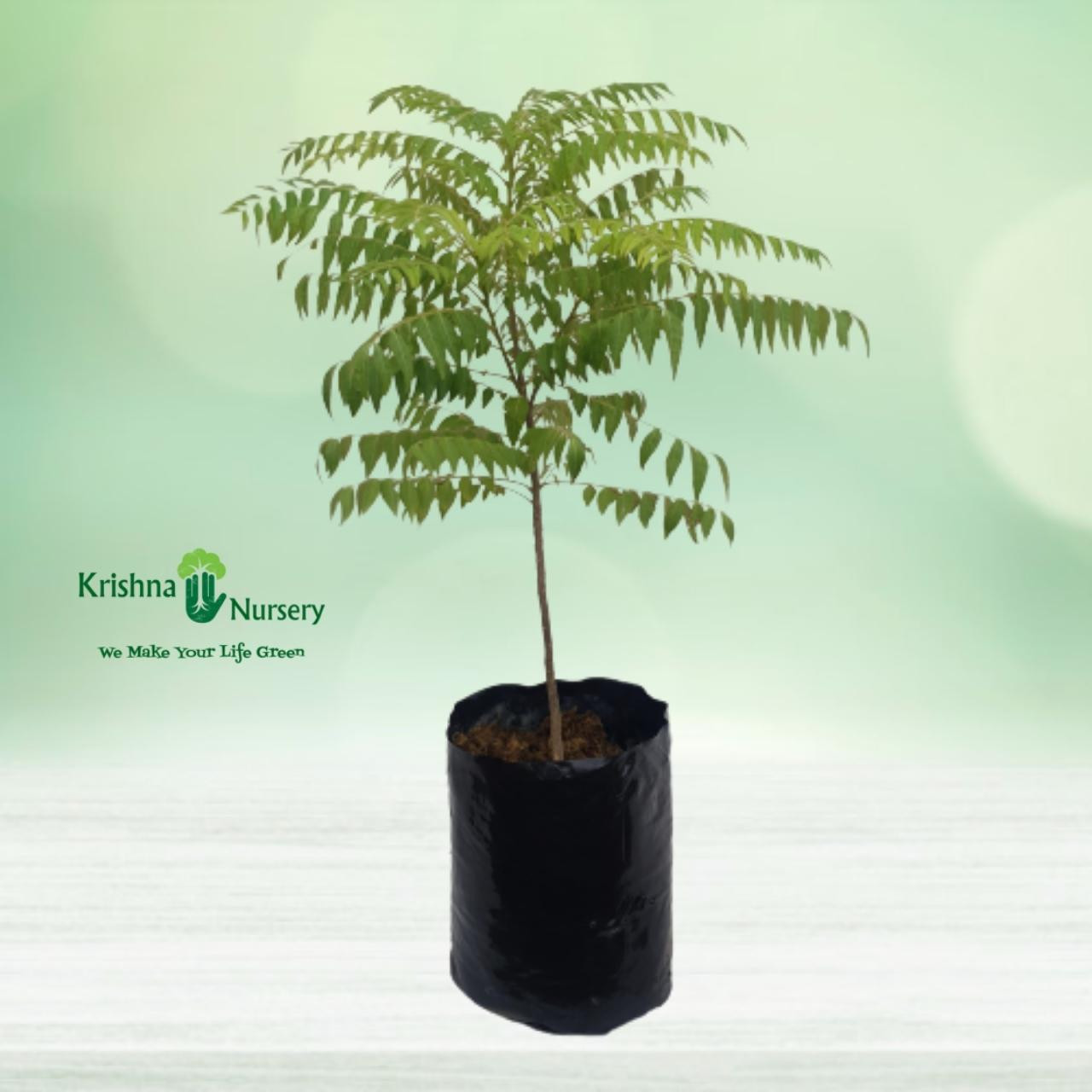- -50%







Curry leaves plant (Murraya koenigii) is a small, evergreen tree or shrub that is native to India and other parts of Southeast Asia. It is also known as sweet neem, curry neem, or kadi patta. The plant is widely cultivated in tropical and subtropical regions around the world, including Africa, Australia, and the Americas, for its aromatic leaves that are used in cooking. The leaves of the curry plant are an important ingredient in Indian, Sri Lankan, and South East Asian cuisine. They have a distinct and strong flavor that is difficult to replicate, and are used in a variety of dishes, particularly in curries, soups, stews, and chutneys.
In addition to its culinary uses, the curry leaves plant has also been used for its medicinal properties in traditional Ayurvedic medicine. It is believed to have a number of health benefits, including improving digestion, reducing inflammation, and lowering cholesterol and blood sugar levels. The curry leaves plant is relatively easy to grow and maintain, making it a popular choice for home gardeners. It prefers well-drained soil and full sunlight, and can be propagated from stem cuttings or seeds. With proper care, a curry leaves plant can provide a steady supply of fresh leaves for years to come.